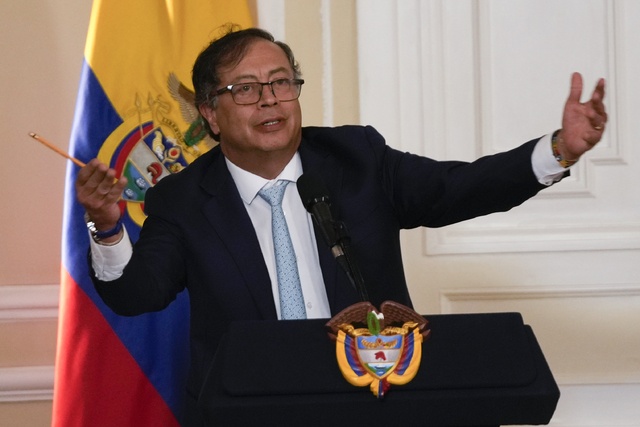The nine states where there will be gubernatorial elections on June 2 concentrate a third of the debt in entities and municipalities, according to the most recent balances reported by the Ministry of Finance and Public Credit. None are on alert due to their debt levels, but the greatest pressure that future administrations will face is the high financial cost.
Chiapas, Guanajuato, Jalisco, Morelos, Puebla, Tabasco, Veracruz, Yucatán and Mexico City will elect Executive. The combined balance of the debt of these entities was 229,882.5 million pesos at the end of 2023, practically a third of the 698,980 million indebtedness of states and municipalities.
Ricardo Gallegos, deputy general director of Economic Analysis at HR Ratings, explained that since 2015, based on the Financial Discipline Law, local debt has been reduced.
In a similar way to what happened at the federal level, during the pandemic state governments did not contract more debt, they alleviated the crisis with the resources they had and after that year their freely available income has increased.
The analyst said that, in general, most of the financing that state governments have contracted has been to refinance debt and not to acquire new ones as such. Likewise, last year saw a growth in federal shares, which are free to use.
The fact that most of the major infrastructure works have been financed with the federal budget has had a double effect on local finances: on the one hand, governments have taken on less debt, but they have also stopped making productive investments, Gallegos warned. in interview.
In accordance with the Financial Discipline Law, local administrations must settle their short-term obligations no later than three months before their management ends. Until last December, practically all states had settled these liabilities, except Yucatán, which still had financing of this type in force for 297 million 309 thousand 937 pesos to cover temporary liquidity insufficiencies.
In addition to the balance of the debt, the Treasury publishes a follow-up to detect whether it is sustainable. Most states, except Veracruz, are not at risk. In that entity, financial obligations absorb 8.9 percent of freely available resources and that draws the attention of the Treasury, but the balance sheet shows a positive balance.
The Current Sole Public Registry of the Treasury shows that, in nominal terms, the financing contracted by the government of Chiapas, headed by Rutilio Escandón, went from 20 billion 386 pesos to 19 thousand 369.3 million, a reduction of 5 percent; in Puebla, with Sergio Salomón Céspedes, it fell 17.8 percent, from 5 thousand 291.2 million pesos to 4 thousand 349.6 million, and Tabasco, 26.6 percent, from 4 thousand 572.1 million to 3 thousand 356.3 million.
On the contrary, in nominal terms, the debt of Guanajuato, governed by Diego Sinhue Rodríguez Vallejo, increased 99.5 percent, from 5,287.9 million pesos to 10,552 million; that of Jalisco, which is under the management of Enrique Alfaro Ramírez, went from 18 thousand 192.8 million to 29 thousand 326.2 million, 61.2 percent more, and that of Morelos, with Cuauhtémoc Blanco, from 5 thousand 328.7 to 6 thousand 272.7 million pesos, a rebound of 17.7 percent.
In Yucatán, governed by Mauricio Vila Dosal, it grew 116 percent, from 3,621.4 million pesos to 7,821.7 million in that period and in Mexico City, with Martí Batres, it did so from 81,726.5 million to 101,000. 606.4 million pesos, an advance of 24.3 percent.
In real terms – equalizing the purchasing power of money after an accumulated inflation of 28.5 percent in these five years – the debt has only grown in Guanajuato, Jalisco and Yucatán; 55.3, 25.5 and 68.1 percent, respectively.
#States #change #governor #concentrate #local #debt
– 2024-04-09 07:50:14


